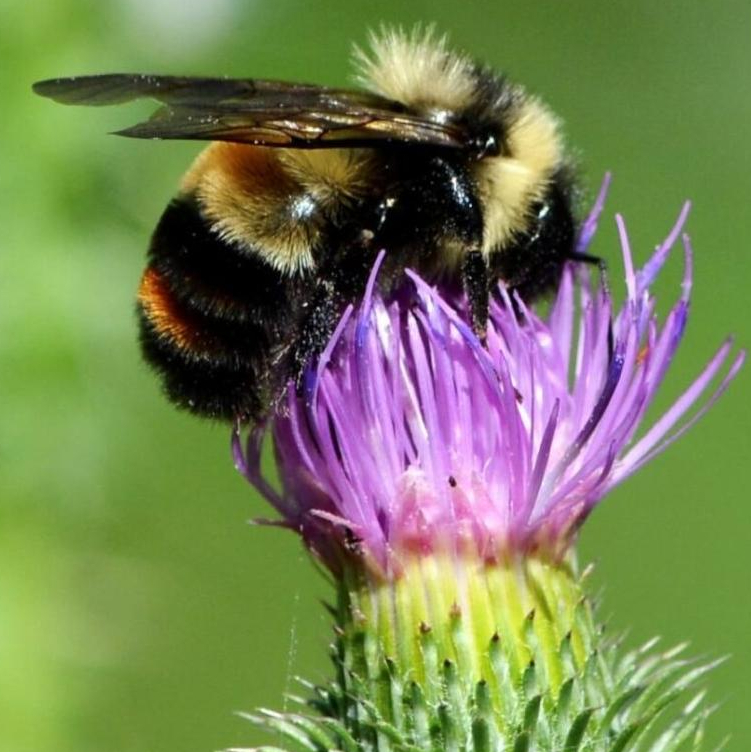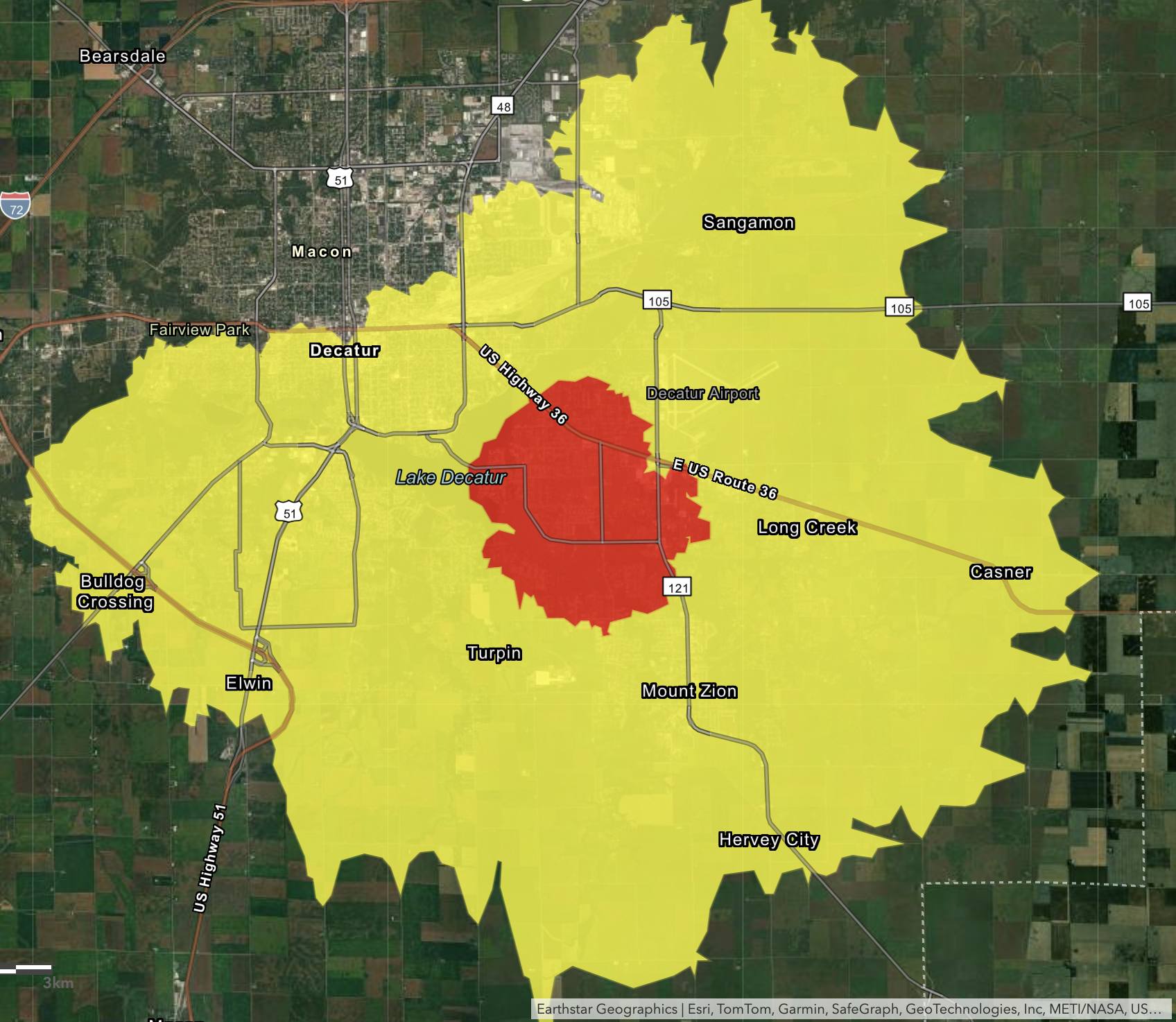SPI is actively working to protect the rusty patched bumble bee, an endangered species at risk from pesticides, habitat loss, and pathogen spillover from other species. The rusty patched bumble bee faces a novel risk at the hands of a new industry, with the world’s largest insect farm being built next to one of the bumble bee's last habitats in central Illinois. Pollution and pathogen escape from the farm pose a grave risk to this critically endangered pollinator. SPI is committed to defending pollinators like the rusty patched bumble bee and the crucial role they play in their ecosystem.

The rusty patched bumble bee is one of about 21 species of bumble bees in the eastern United States, and was listed as federally endangered in 2017.
The rusty patched bumble bee lives in colonies – cooperative groups that include the offspring of one female and one male. Healthy rusty patched bumble bee colonies are large and may include more than one thousand workers, or non-reproductive females. The workers protect the colony, forage for nectar and pollen and care for the young.
Rusty patched bumble bee nests are typically 1 to 4 feet underground in abandoned rodent nests or other mammal burrows and occasionally at the soil surface or aboveground, as documented by O.E. Plath in 1922 and later by R.P. Macfarlane in 1994. Among the 43 rusty patched bumble bee nest records cited by Macfarlane in 1994, 95% were underground.
Unfortunately, in recent years, the rusty patched bumble bee’s numbers have dwindled primarily due to disease, habitat loss, and pesticides.

In central Illinois, the rusty patched bumble bee has very few habitats left, with one being located next to Lake Decatur.
Please sign up for our newsletter below to learn more about ways you can help.